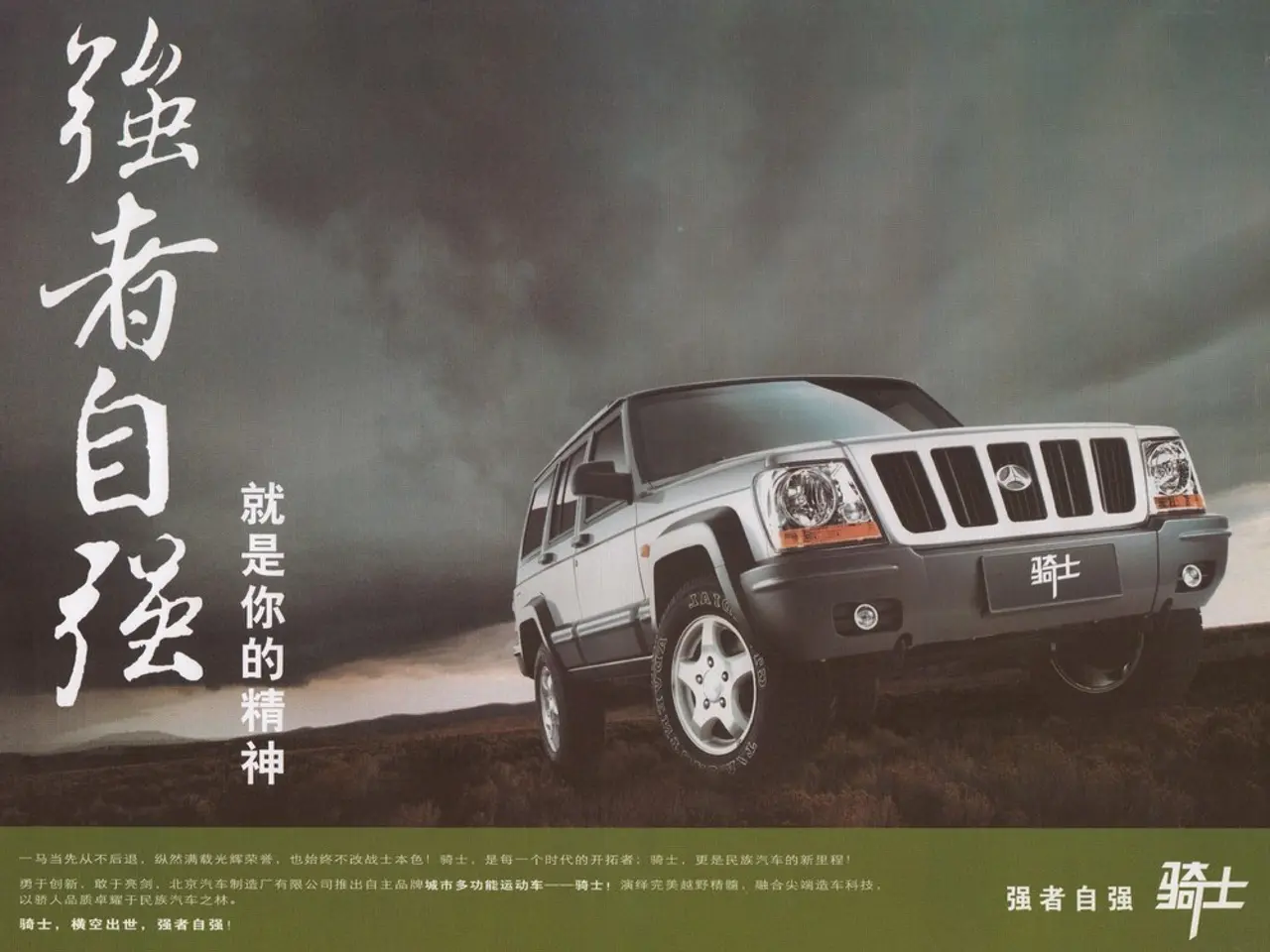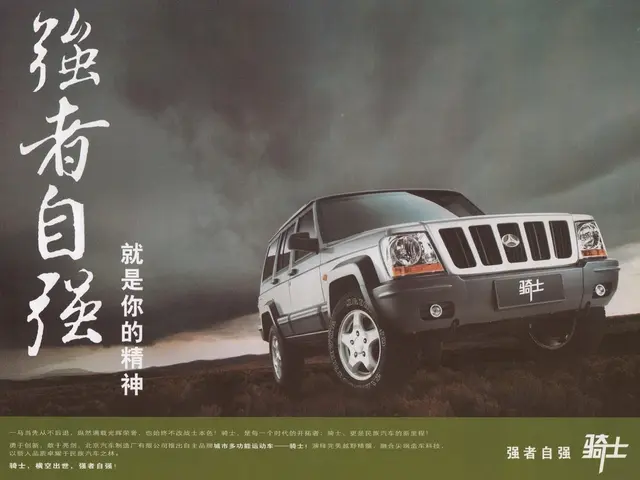The ongoing clash centers on trade practices between the United States and China.
The US-China trade dispute, a significant source of tension in international trade relations, has taken a temporary pause as President Trump signed an executive order on August 12, 2025, extending the current tariff truce with China by 90 days. This extension, which postpones the expiration to November 10, 2025, prevents an escalation of trade disputes between the two economic powerhouses during the critical holiday trade season.
Originally suspended for 90 days in mid-May, the tariffs have now been extended for an additional 90 days. The US wants to continue talks with China during this period, with a potential Trump-Xi summit anticipated later in 2025.
The tariffs, imposed by Trump to address alleged imbalances and disadvantages in international trade, have been a subject of debate. The legality of many of these tariffs is currently being debated in US appeals courts, and a decision on their legality has not yet been made.
The US has imposed tariffs on a number of countries, escalating to a 145 percent additional duty on Chinese imports, while China countered with a 125 percent duty and export controls on strategically important raw materials. The US currently imposes a 30 percent surcharge on Chinese imports, while China demands a 10 percent surcharge in return.
The tariffs have had a significant impact on trade between the US and China, making it impossible and affecting the global economy. The average US tariffs on Chinese goods cover all Chinese exports at about 51.1 percent, following significant increases since early 2025. Chinese tariffs on US goods average 32.6 percent and cover 100 percent of US exports.
New tariffs continue to be imposed selectively, such as the 50 percent tariff on certain copper-related goods from China under Section 232 of the Trade Expansion Act, effective August 1, 2025.
The sustained tariffs and heightened tensions are affecting multinational businesses. According to a 2025 survey by the US-China Business Council (USCBC), tariffs rank as the second most pressing challenge for US companies operating in China, up sharply from previous years. Many firms have curtailed investments and shifted supply chains towards Southeast Asia, India, and Mexico.
Economically, the tariffs have caused trade diversion effects. Analysis by the European Central Bank (ECB) projects that under a worst-case scenario of US tariffs rising to an effective rate around 135 percent, the Euro area could experience a 7-10 percent rise in imports from China by 2026 as trade is redirected from the US to other markets.
In summary, the tariff truce extension allows for continued negotiations between the US and China. The current situation reflects a cautious pause amid intense tariff pressures, with negotiations and economic considerations continuing to shape developments. The future of the US-China trade dispute remains uncertain, but for now, the tariff truce provides a temporary reprieve.
- The extension of the tariff truce between the US and China has created a temporary pause in the ongoing trade dispute, which falls under the category of 'general-news'.
- In the business world, the tariffs imposed on goods from China have become a significant challenge for US companies, contributing to a shift in supply chains towards Southeast Asia, India, and Mexico.
- The ongoing US-China trade dispute, with its focus on finance and economics, has been a subject of debate within the industry, with the legality of many tariffs being disputed in US appeals courts.




